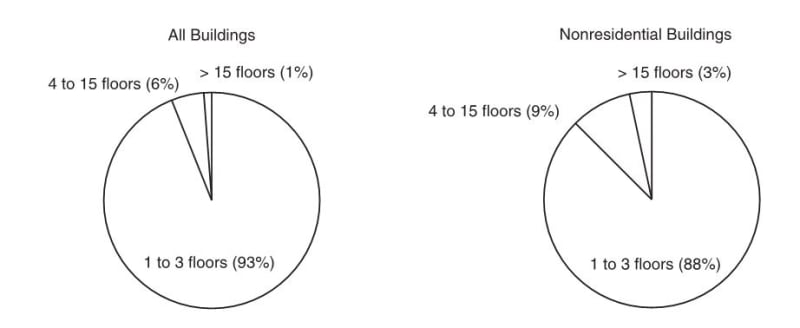MIStructE_IRE
Structural
With all the responses to the slender skyscraper thread I assumed you were all rockstar engineers designing slender skyscrapers every day of the week!! Then it got me thinking, I wonder where the bulk of the work lies for you all?
Personally, for my company, its normally something along these lines, in this order (approx percentages of my workload noted in brackets):
1. 2-3 storey school building projects (40%)
2. Single storey retail stores (30%)
3. Multi storey office (max 6 storeys....thanks Ireland..) (15%)
4. Large steel frame data centres (10%)
5. Domestic and residential (5%)
Personally, for my company, its normally something along these lines, in this order (approx percentages of my workload noted in brackets):
1. 2-3 storey school building projects (40%)
2. Single storey retail stores (30%)
3. Multi storey office (max 6 storeys....thanks Ireland..) (15%)
4. Large steel frame data centres (10%)
5. Domestic and residential (5%)

![[idea] [idea] [idea]](/data/assets/smilies/idea.gif)

